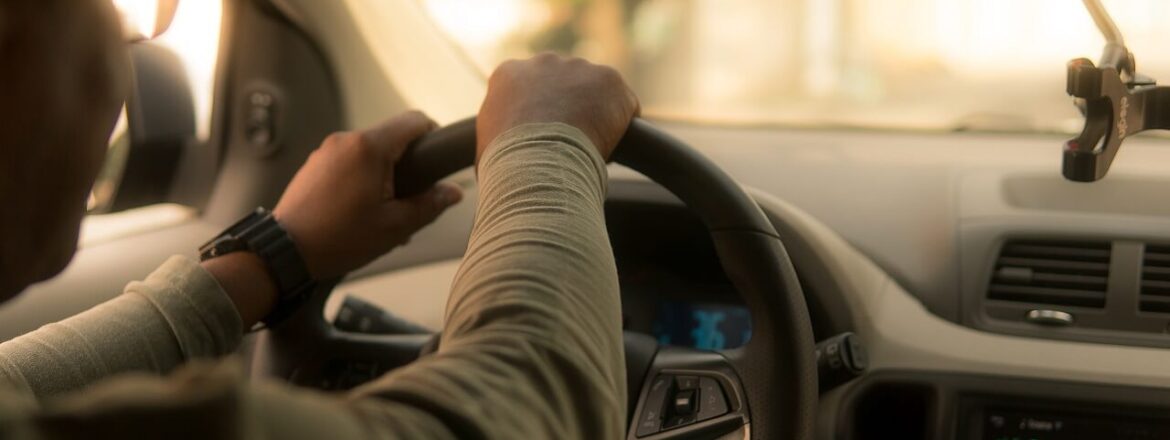Fuel costs, environmental protection, wear and tear of some car components – there are many reasons why it is worth driving economically. Well, economically, or how? Let’s check what eco driving is and how to go about it.
What is it?
What is eco driving? In short, eco driving is a driving style that allows you to optimize the consumption of fuel and some car components. Driving in the spirit of eco driving should be thoughtful, calm and smooth. Nowadays, anything that can stop the degradation of the planet and slow down global warming gets the green light. It is no different with eco-driving, which reduces exhaust emissions. To what extent modern cars, which are probably the most ecological in history, are responsible for global warming is a matter of debate. This does not mean that ecodriving is a marketing invention and it is not worth considering. It’s worth it for several reasons.
Savings
Economic driving – what is it? This question could have been asked by an average driver from several decades ago. In times when cars could be large and fuel-hungry, and fuel was cheap, dealing with the issue of the lowest possible fuel consumption would be considered nonsense. It is true that Poland has never been one of the countries where the price of gasoline was low, but the topic of reducing its consumption has been discussed relatively recently. This involves, among others, with exceptionally high sums that drivers are forced to leave at gas stations. The energy for every movement of the car, every move and maneuver comes from the burned fuel. The more sudden accelerations, braking and stops at the lights, the less gasoline there is in the tank.
Calmer around the city
It may seem that economical driving in city traffic is a pipe dream. In fact, each car achieves its best fuel consumption “on the road”, not in city traffic. But that doesn’t mean there’s nothing you can do to make it cheaper to wade through city traffic. First of all, we need to get rid of the false impression that slalom driving between cars will significantly shorten our route to our destination. You can find out about this very easily. Just look for a driver who moves very dynamically. He often changes lanes and overtakes to keep as many cars behind him as possible at all costs. If he also overtakes us, let’s look for him at the next traffic lights. The probability that we will be right behind him or that two or three cars will separate us is very high. Conclusions? The car we were observing traveled the same route basically at the same time as us. The difference is that it used much more fuel for this purpose, while our car only burned as much as it really had to. Economical driving is possible even in a crowded city. Sometimes you just need a bit of common sense.
Watch your car
Observing on-board clocks and displays may provide some clues. More and more cars display information about current fuel consumption. If your car has this option, it’s worth using it. There is still an engine speed indicator. In many cars, the green field marks the range in which fuel consumption is optimal. Try to drive so that the needle stays within this field as often as possible. Cruise control is helpful on the road, thanks to which our speed will remain constant.
Observe your surroundings
It sounds strange, but it can bring good results. Eco driving likes vigilance. Pay attention to what is happening in front of you. Perhaps someone has just braked sharply in the two cars in front, maybe a pedestrian has entered the road or someone has changed lanes. If you keep an appropriate distance from the car in front of you, this observation will help you avoid suddenly pressing the brake or pressing the gas pedal. In “tricks” such as eco driving, the rules are very simple. Following them will give positive results quite quickly, which we can see by adding up the expenses for the fuel used.

